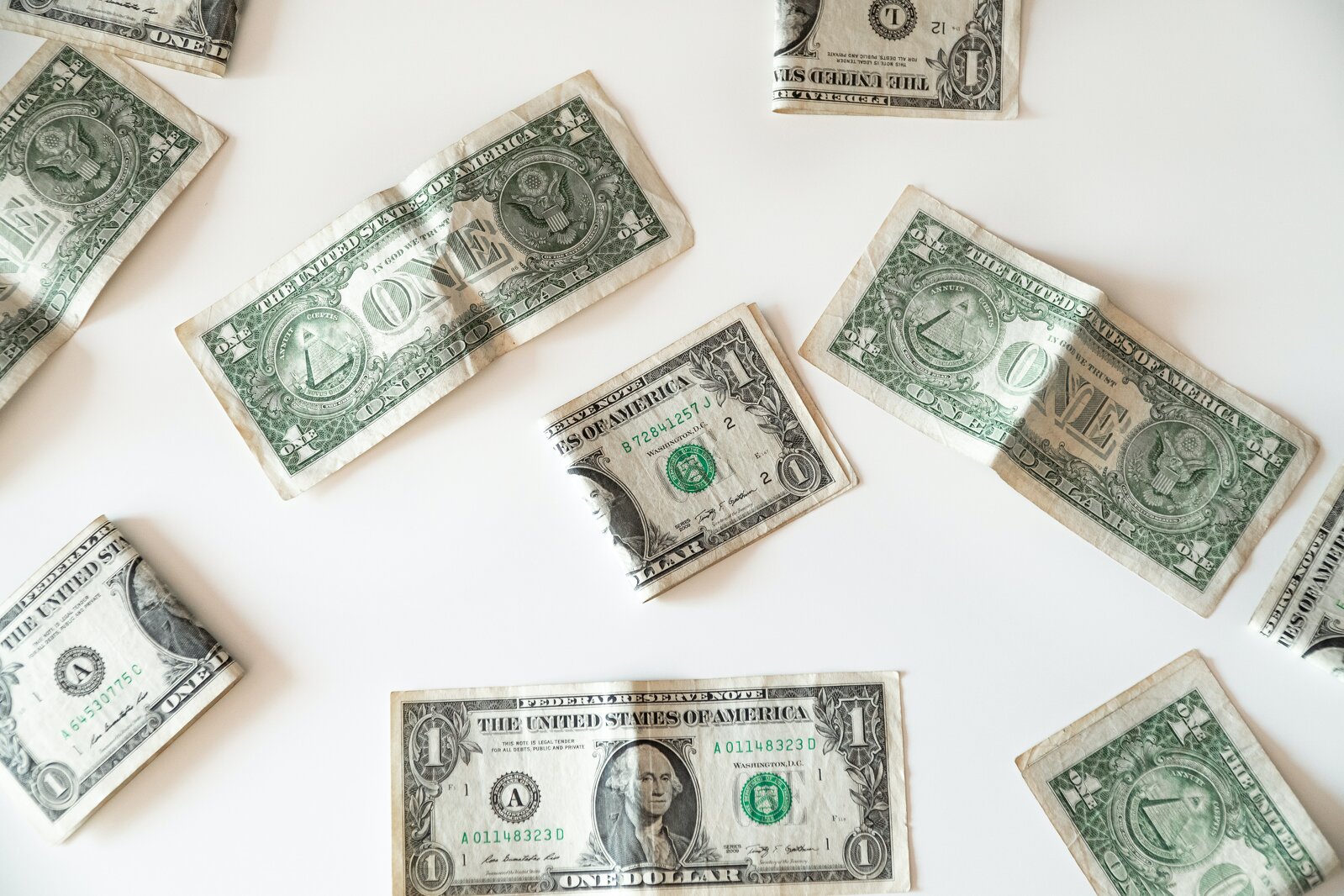Brief • 1 min Read

A 30-second slot during Super Bowl LVI cost many advertisers a record-breaking $7 million. A set of 30 brands new to Super Bowl advertising braved a substantial multi-million-dollar price tag to get their name in front of this year’s viewers. This looks to be a promising investment, as 63% of people who watched the 2022 Super Bowl agreed that they trust up-and-coming brands that participate in major events like the Super Bowl.
Each year, the Super Bowl attracts the largest audience of any televised event. 2022 was no exception, as over 100 million viewers tuned into Super Bowl LVI. And it looks like the advertisers’ decision to run ads boosted measures of brand equity for several of this year’s new entrants, including:
- Wallbox (“Can #SuperchargedSeth Embrace Electricity Again”): Wallbox’s early arrival as the first EV charging company to run a Super Bowl ad paid off. Their comedic portrayal of one man learning to live in harmony with electricity after being struck by lightning increased brand equity by +2.8. Importantly, Wallbox’s familiarity score rose by +3.7 (Pre: 10.1, Post: 13.8). This jump in brand familiarity is especially important for a lesser-known brand who is still fighting to gain name recognition. They also saw gains across momentum (+2.0) and consideration (+4.4).
- Irish Spring (“Welcome To Irish Spring): While the Irish Spring brand launched in America in the 1970s, this was their first time joining the Super Bowl excitement. They attracted attention with a quirky storyline and a twist of Irish flair. In the ad, a man floats up to a cult-like group uniformly dressed in Irish sweaters who cannot tolerate stinky-ness. He is dunked in a spring (supposedly THE Irish Spring) and re-emerges to join the group in a merry dance. After airing the ad, the brand saw a +6.0 lift in perceived quality, and a jump in purchase consideration (+1.9). Interestingly, consumers seem to think that the brand is losing steam (-6.5 change in momentum) even though they report being more likely to consider purchasing the product.
- Bud Light Seltzer Hard Soda (“Land of Loud Flavors”): While Anheuser-Busch is not new to Super Bowl advertising, this is their first-time featuring Bud Light Seltzer. Up until 2017, “hard liquors” were altogether banned from commercials that ran during NFL games. Now, as seltzers have firmly gained a foothold in America’s refrigerators, Bud Light Seltzer was ready for its Super Bowl debut. The commercial greatly helped Bud Light Seltzer gain recognition in a marketplace already crowded with other popular seltzer brands. After the Super Bowl, the brand saw a +10.1 increase in familiarity, and a +5.0 increase in consumer consideration to try the product.
- Expedia (“Stuff”): Popular travel site Expedia encouraged viewers to give into their pent-up wanderlust. In Expedia’s ad, actor Ewan McGregor urged viewers to shift spending from things to experiences. Expedia’s message resonated with viewers after two long years of cancelled plans due to the COVID-19 pandemic. They saw a +2.8 increase in their brand equity score, and a +3.3 increase in consumer consideration to try their service. They also saw a +3.2 boost in momentum, showing that consumers think the Expedia brand on the rise. As Americans return to their pre-pandemic travel habits, Expedia can be on the lookout for some new customers.
those who watched any ads during the Super Bowl, 17% reported liking their favorite ad because it introduced them to a new product, service, or brand that interested them. Next year’s new entrants should keep in mind that the top reasons people reported liking their favorite ad this year included: the visual appeal (40%), the tone (e.g., emotion, energy) (32%), celebrity casting (31%), and the content (e.g., topic, script, soundtrack) (31%).

WANT MORE INSIGHTS FROM THE BIG GAME? DOWNLOAD OUR FULL BRAND BOWL 2022 REPORT.
Subscribe for more Insights
Subscribe to our newsletter for the latest trends in business, politics, culture, and more.
Related Content








